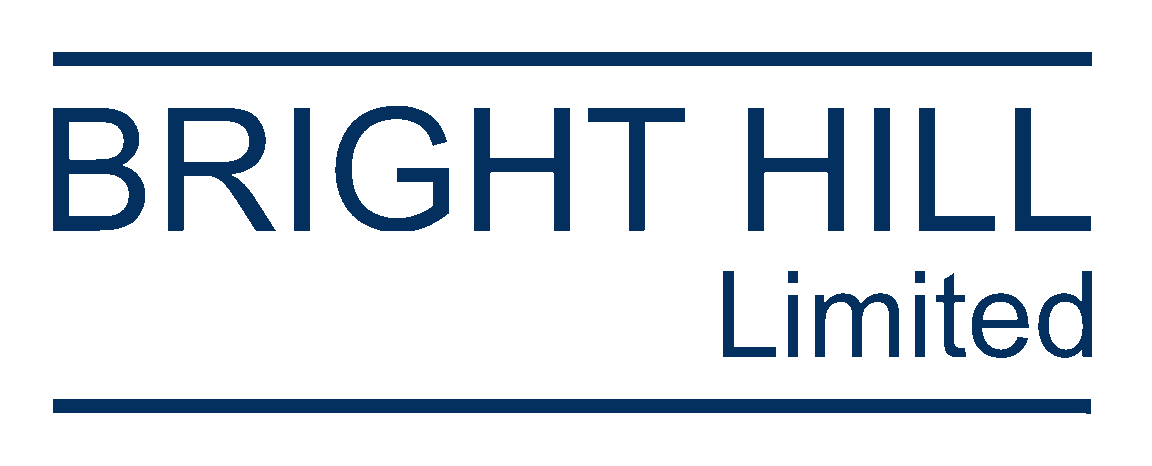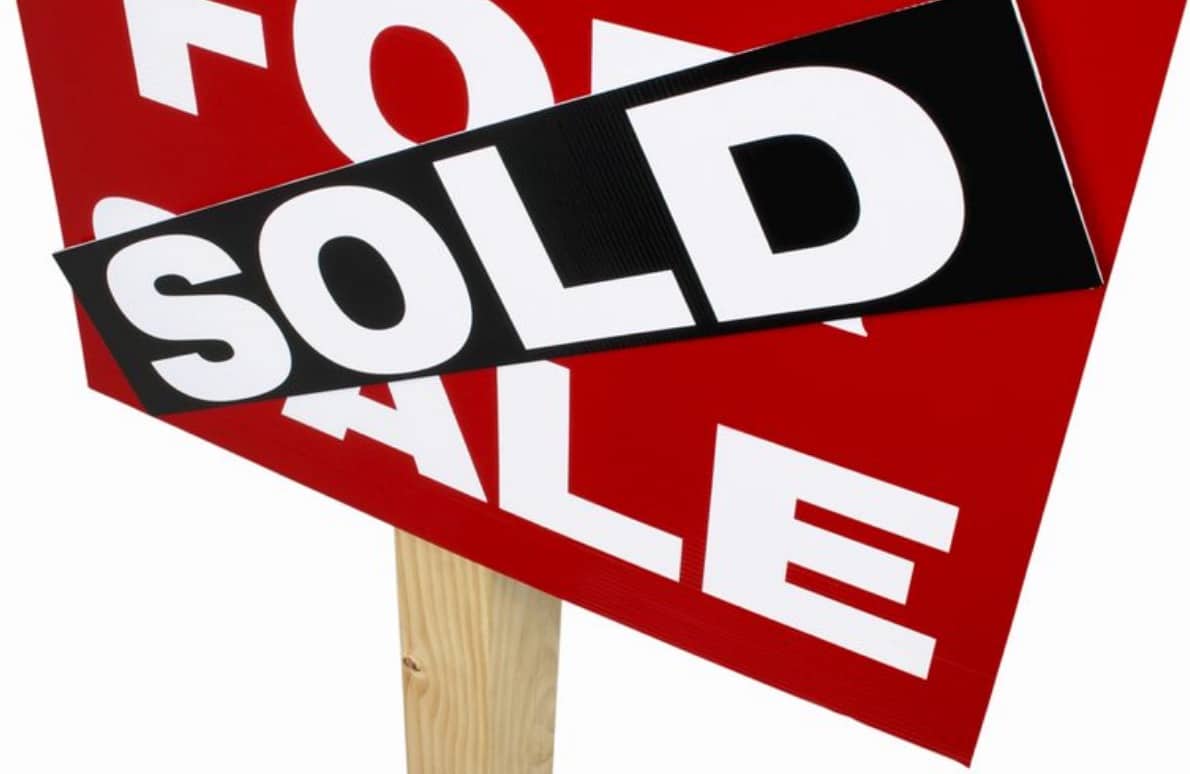Residential Example
General Information
- The figures below are based on a real life example, however for illustration purposes the figures have been simplified.
- The Homeowners wanted to achieve a sale price of £500,000.
- Developers typically operate on a minimum return on investment of 25%.
Outcome
By working with Bright Hill the Homeowner would receive £52,500 more than they would if they sold their property on traditional sales basis. This equates to over a 10.4% increase in value for the Homeowner.
Bright Hill and their investors would also met their target return of 25%. In this instance they would get a profit of 36.2%.
This collaborative and innovative strategy creates a win win situation for all parties involved.
Traditional Sale -Developers Costs
Sale Price
£500,000
Stamp duty for developer, including 3% surcharge for additional properties owned.
£30,000
Purchase costs (solicitor, survey, due-diligence).
£2,000
Total cost of development/improvement.
£120,000
Resale costs (solicitors, agents fees etc).
£13,000
Total Outlay: Developer (£665,000)
Resale price after work.
£750,00
Profit
£85,000
RETURN ON INVESTMENT
12.8%
Bright Hill's Approach
Ancillary costs (solicitor, survey due-diligence).
£12,000
Total cost of development/improvement.
£120,000
Resale costs (solicitors, agents fees etc).
£13,000
Total Outlay: Bright Hill (£145,000)
Sale price after work.
£750,000
Homeowners desired sale price + total works outlay.
£645,000
Total Profit
£105,000
Profit shared, assumes 50:50 (Homeowner:Bright Hill)
£52,500
RETURN ON INVESTMENT
(Homeowner gets an additional)
10.4%
(Bright Hill Return on Investment)
36.2%
Conclusion
The Homeowner makes £52,500 more than a traditional sale. This is a 10.4% increase on the original value the Homeowner would have accepted.
By working with Bright Hill the Homeowner would be assisted through the entire process. Bright Hill do all the hard work and would fund the improvement works before selling the property, taking out all the normal stresses and strains of a development and subsequent sale.
What's more, because the property was the Homeowners main residence, the uplift in value to the Homeowner would be tax free.



